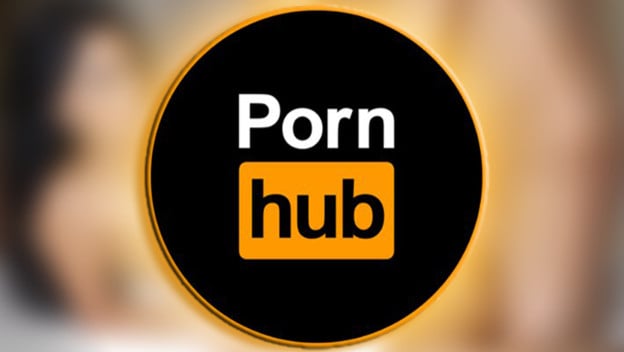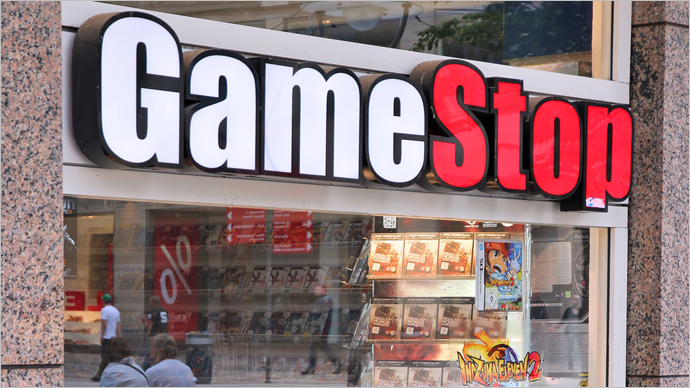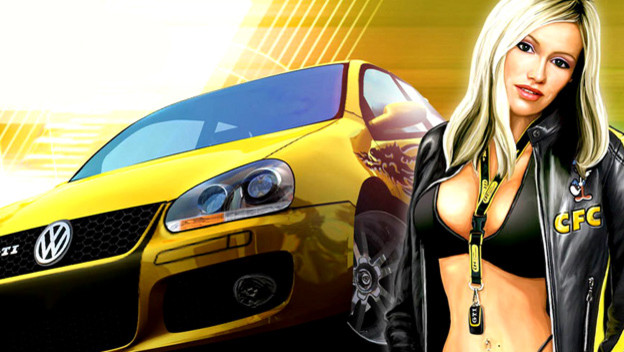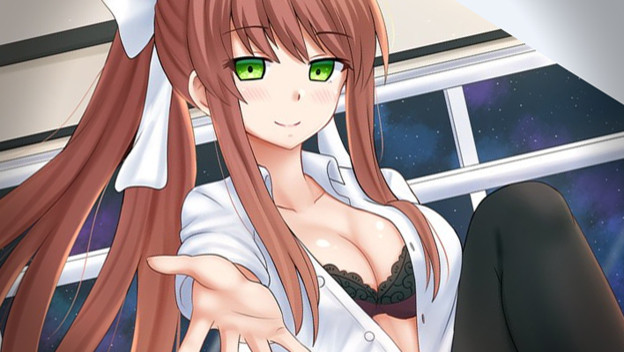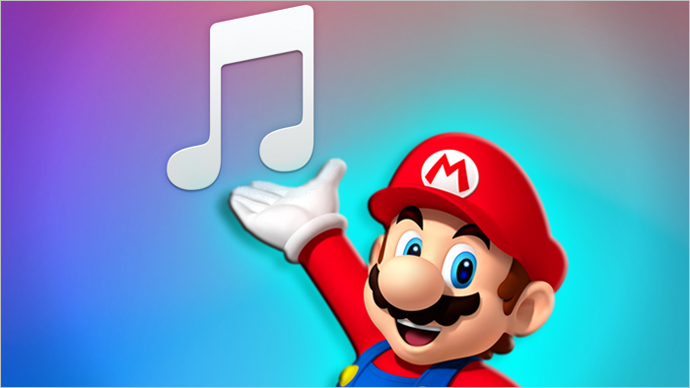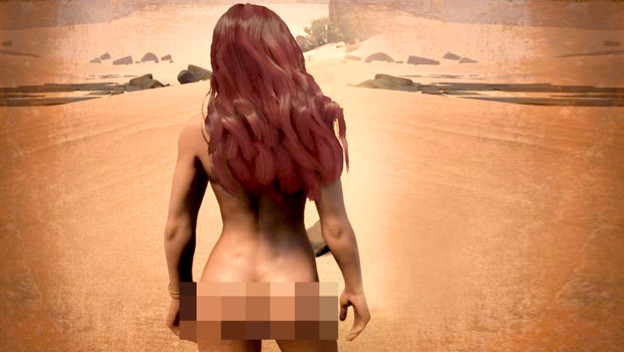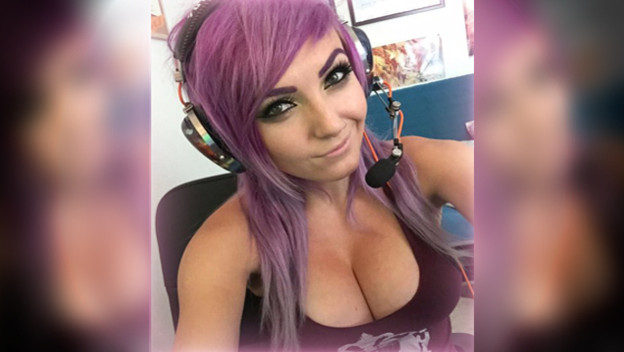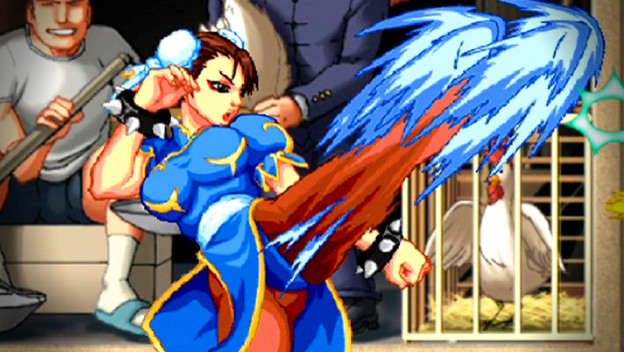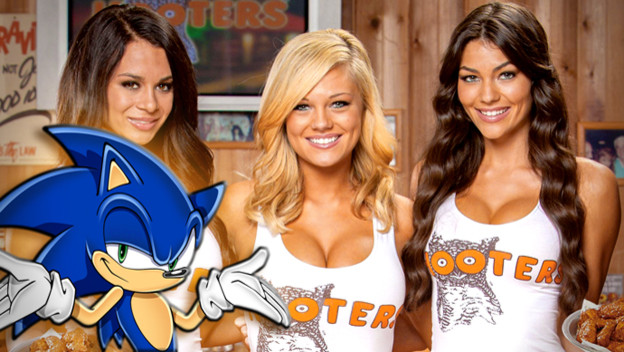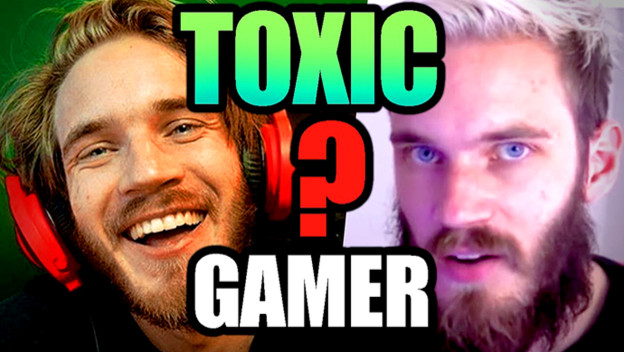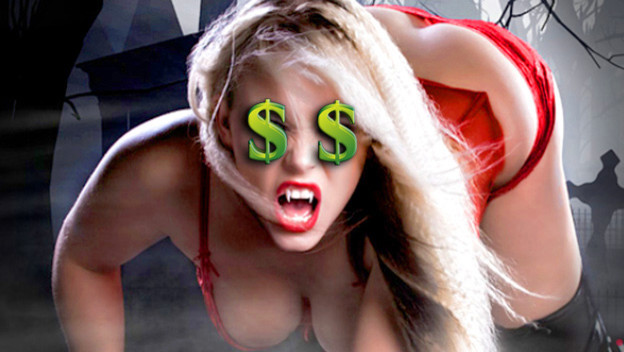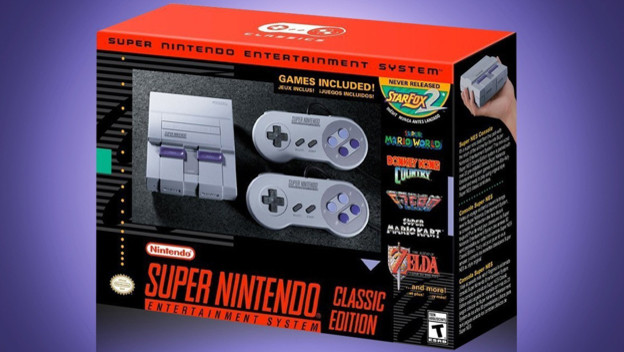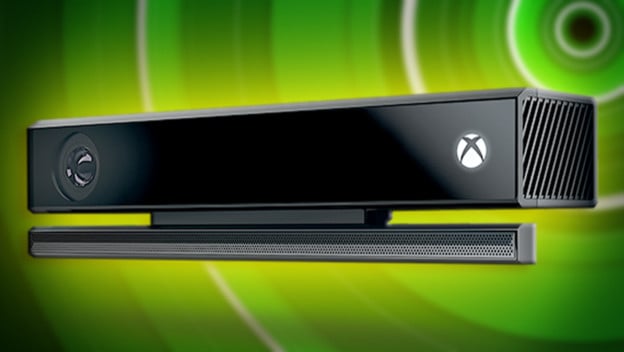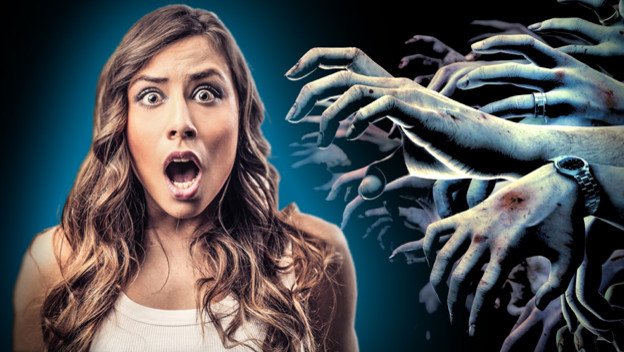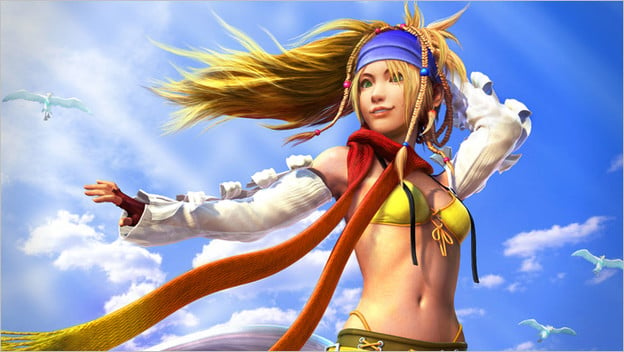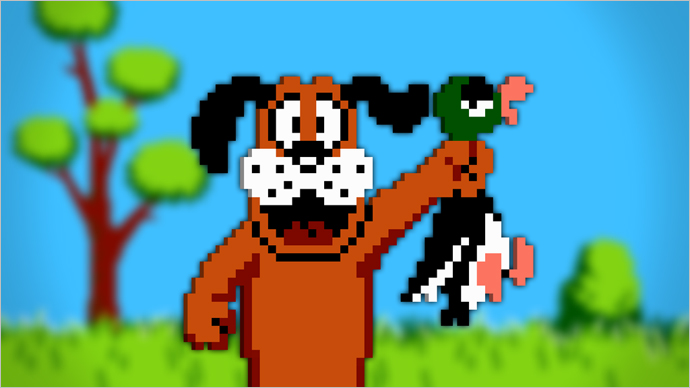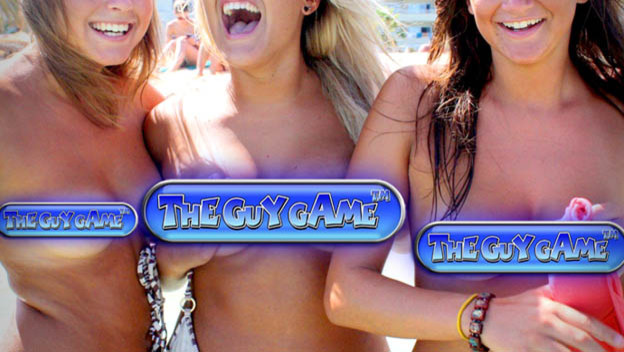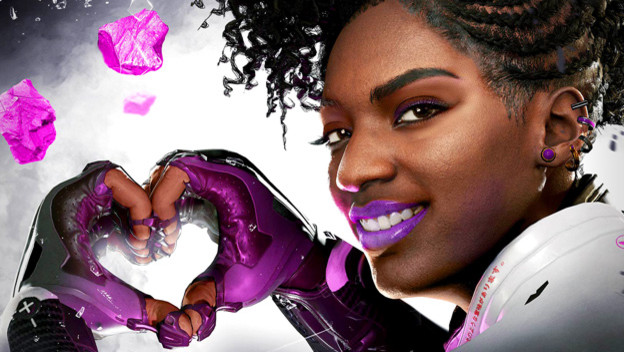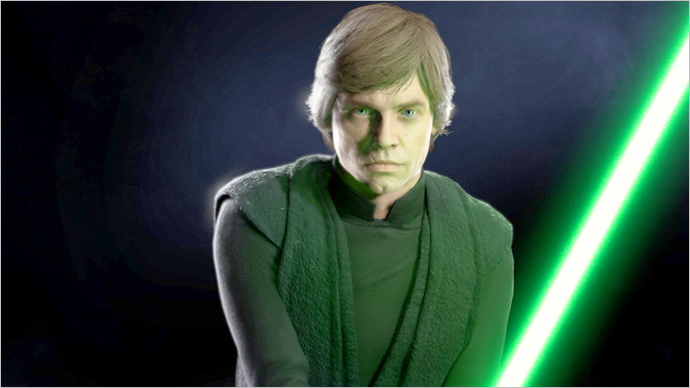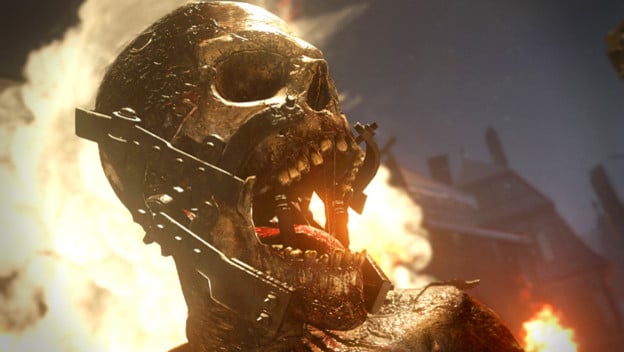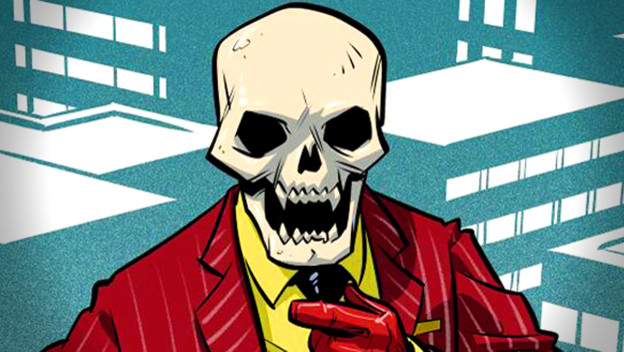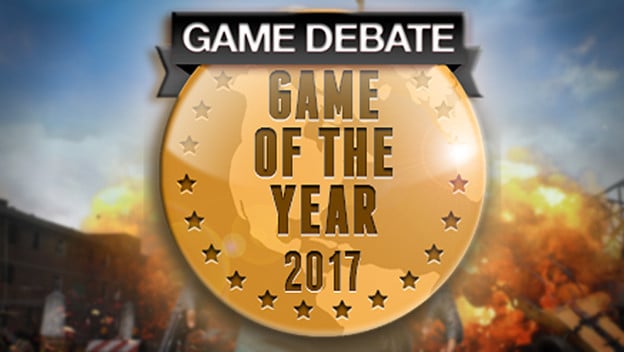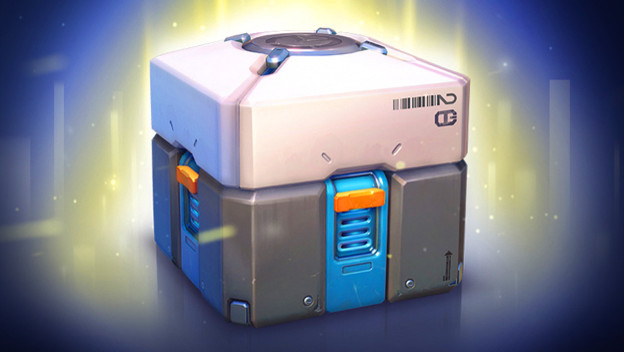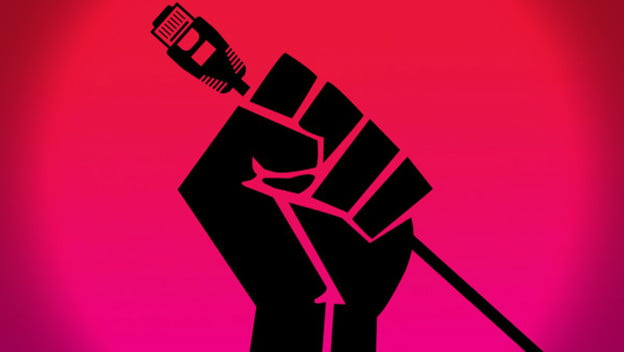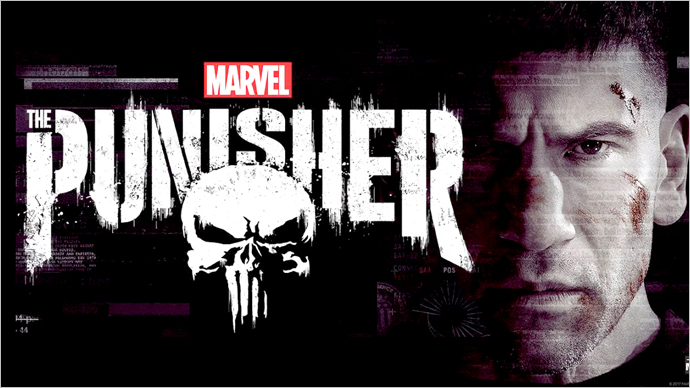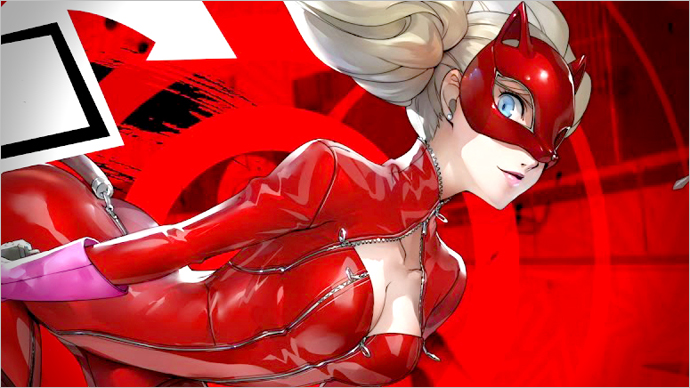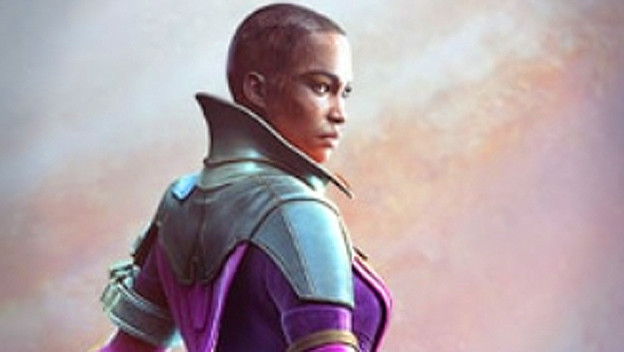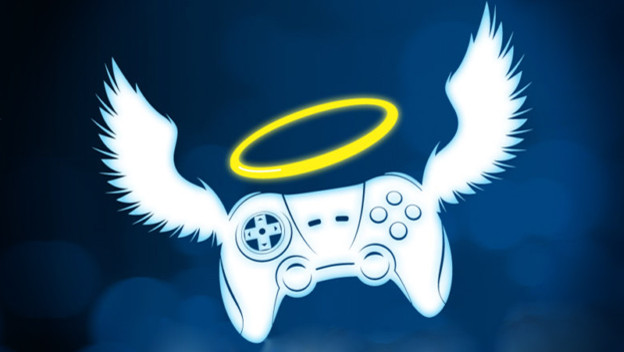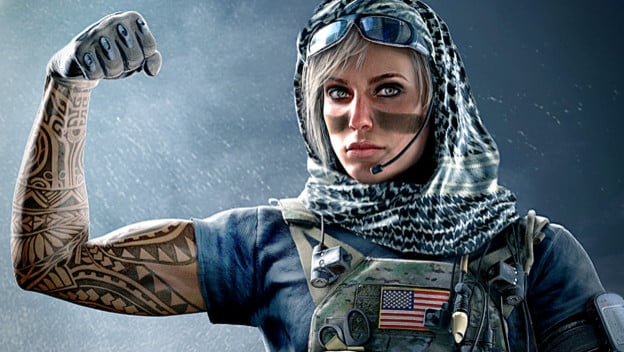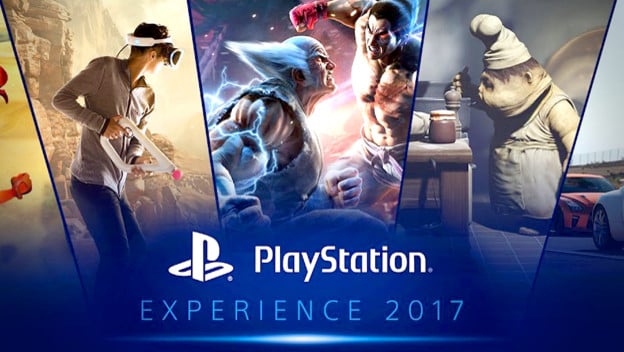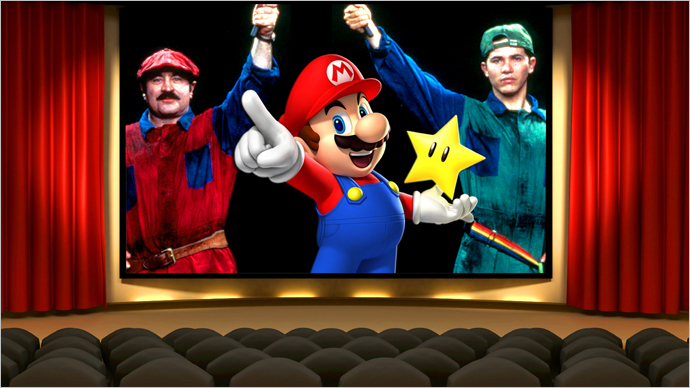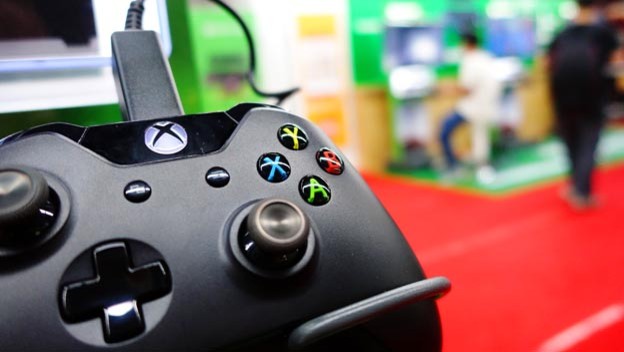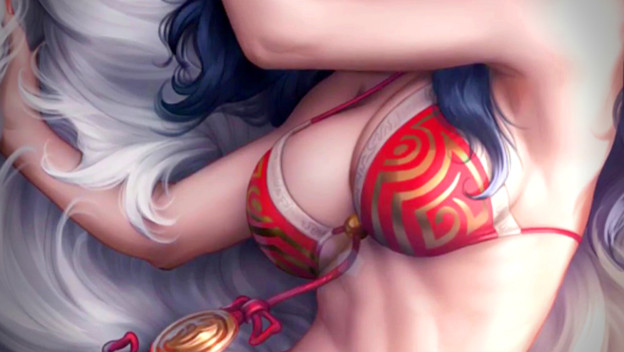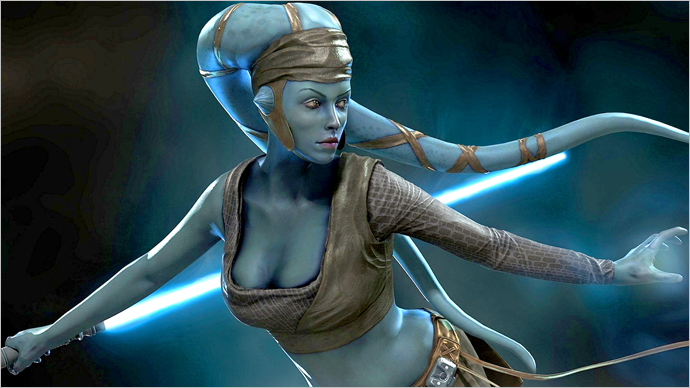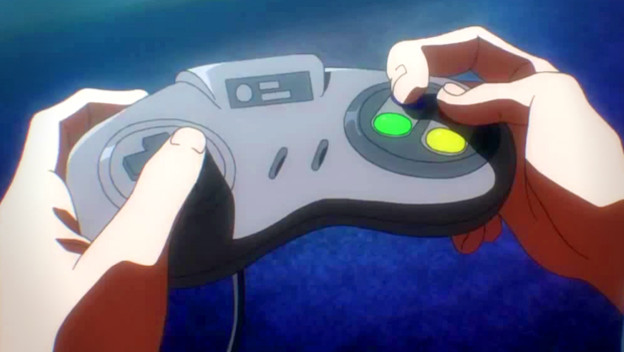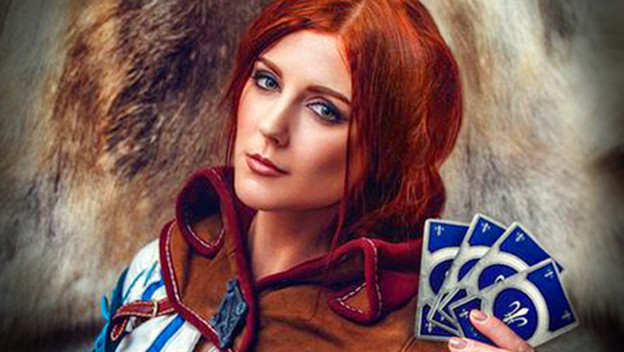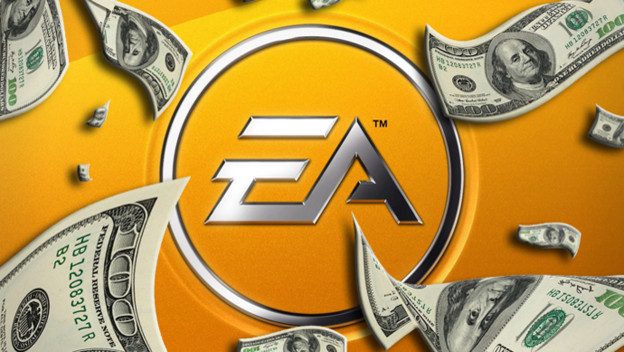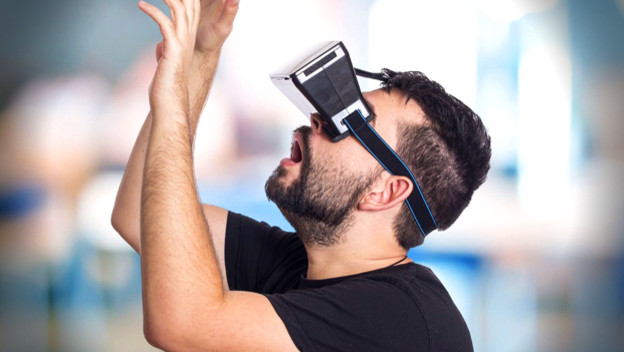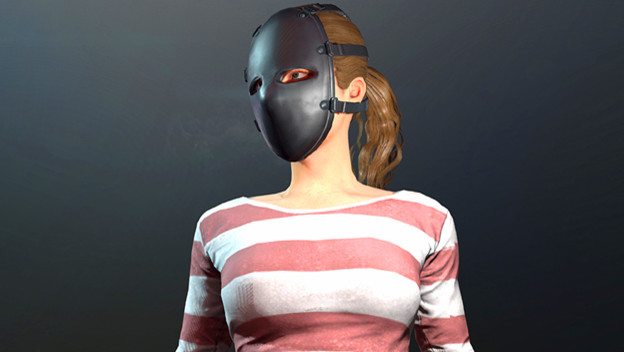
| System: PS4, Xbox One, PC |  |
| Dev: Ubisoft San Francisco | |
| Pub: Ubisoft | |
| Release: October 17, 2017 | |
| Players: 1 Player | |
| Screen Resolution: 480p-1080p | Blood and Gore, Mature Humor, Nudity, Sexual Content, Strong Language, Use of Drugs, Violence |
by Lucas White
A few years ago, South Park: The Stick of Truth rose from the smoldering ashes of THQ, revived by Ubisoft. It was a hit, somehow being the first game adaptation of South Park since its 1997 debut to capture the look and feel of the source material. It even seemed to impress those who weren’t fans in some ways. Obsidian, as developer, ensured its simple RPG trappings were solid and had depth, while its story about a neighborhood of kids playing a massive game of fantasy pretend, underneath all the South Park-isms, was actually kind of endearing. Now, we have South Park: The Fractured but Whole. Obsidian is out, with Ubisoft handling the game in-house. It’s a direct sequel, this time opting to play with superhero stuff. It also doubles-down on the uglier side of South Park, moving away from the goofy characters and surreal situations to what feels like an unending stream of failed satire and racism. The whole thing feels dated, as if everyone involved is stuck in the late nineties and desperately tossing darts at a board, trying to insist they’re still cool and edgy all these years later.
When South Park started in 1997, it was all about the shock humor. Moral battles were still actively fought on cable TV at the time, and a cartoon about swearing and farting children was like a monolith. Everyone at the time danced around South Park like monkeys, waving sticks, bones, and Emmy awards around as American culture found its next evolutionary step. This was also the time of the wrestling boom, when media realized how much money it could make catering to the demographic of young men who thought boobs, beer, and bad words were the highest form of entertainment. We all moved on eventually, as the internet took over and content previously considered cool and edgy became as common as anything else. Wrestling pivoted back around to being family-friendly, while South Park found more of a political bent as time went on. Creators Parker and Stone, both self-professed libertarians, made their marks latching onto whatever the problem of the week was and mocking it from all angles. Everyone is a target, such is the way of the wealthy centrist.
South Park: The Fractured but Whole is the above in a nutshell. The game was developed across 2015 and onward, and the gags reflect that. And what a world we live in today, right? According to this game, the biggest annoyances of our current cultural climate are issues of gender, race, and superhero movies. The game’s writing reaches and goes out of its way to make light of matters that are literally killing people right now in real life and offers nothing of substance in return. South Park is often praised for its satirical bite, its topical subjects, its contemporary equivalence to works like A Modern Proposal. South Park: The Fractured but Whole exposes its comedic incompetence every time Eric Cartman is on-screen in his “Coon” costume, proudly displayed by the game’s creators as a “Look! A racial slur! Isn’t it funny, because we aren’t supposed to say it?” gag that offers as much social or political commentary as Bill Maher using the n-word on his show and publicly apologizing on social media the next day when he’s called out on being an idiot. But South Park gets a pass, because I guess we all liked it when we were kids.
What makes the whole package feel as dated as it does, perhaps, is the superhero thing. As hot as superhero movies still are, with years and years of interconnected Marvel movies and Netflix spinoffs ahead of us, this stuff has been going on for what feels like ages. South Park: The Fractured but Whole makes much of its friendlier humor (aside from the fart stuff, which fills most of the game’s 15+ hour running time, ymmv) about how ridiculous and overplayed superhero media is. Yet the vehicle used to do so is a property that has 21 seasons under its belt, and these characters debuted in season 13, so that should say enough by itself. The Coon is a joke that is almost ten years old; even if amateur hour race jokes aren’t a thing that bothers you, I can’t imagine anyone except for the most dedicated fans getting a kick out of the setting here. It’s the “memberberries,” but the actual memberberries are in the game too, as if the writing is constantly tripping back over itself, unaware it became the things it lashes out against, several years ago.
“Yeah, but who cares? Is it fun to play?” may be your next questions. The answer is no, then yeah kinda, and then no again. Admirably, the team at Ubisoft San Francisco tried something new. Rather than hitting the “do it again” button, things have been significantly altered from what Obsidian came up with for South Park: The Stick of Truth. But as is usually the case when a different team takes on a sequel, not all the changes produce compelling results. From a lack of depth to a misfire on environmental puzzles, the pros are overshadowed by the cons.
In South Park: The Stick of Truth, your party only ever consisted of two characters. You, the New Kid, and one of the South Park regulars. You chose a class, which determined your abilities, and then everything else was up to gear. This system, despite being somewhat shallow, still showed Obsidian’s RPG skills, as the player was encouraged to experiment with various effects and skills to make their way through increasingly challenging battles. In South Park: The Fractured but Whole, the combat has morphed from a more traditional system to something a bit more active. Battles are now on a small grid, and skills have various area-of-effect properties. It reminds me a lot of a take on something like Mega Man Battle Network’s system. You can also take up to three buddies into battle with you, although that can vary based on the script. Each character has three skills and an ultimate, which can be used when the ultimate meter fills from taking and dealing damage. It’s a fun system, on the surface, that lets you move around more and see more of the characters.
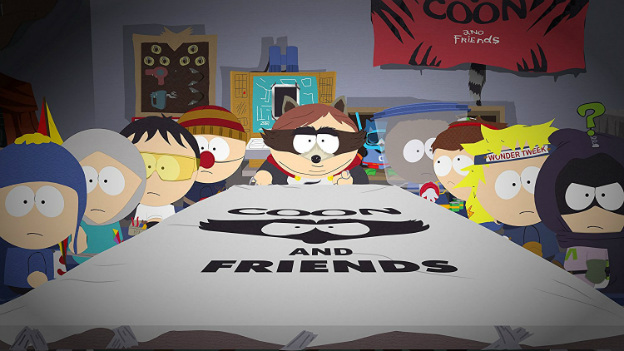
When you attack, your skill will have a QTE-style prompt that, if passed, nets some extra damage. When you take damage, pressing X in time (the prompt is always the same, although sometimes there’s a delay on it appearing) heals the character a little and builds extra meter. These prompts are the all too familiar large circle descending on a button deal or mash the button until the circle fills up. Throughout the whole game, this never varies. Every skill feels like a slight variant of one of three types, with slightly different after-effects, such as bleeding (damage over time), shock (damage over time), or gross-out (…damage over time).
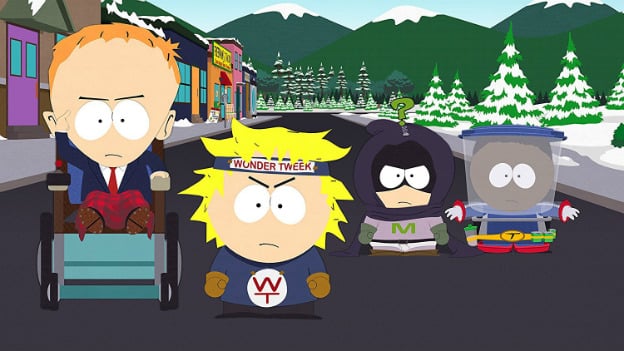
What can get really annoying is that since South Park: The Fractured but Whole’s skills are based on positioning and are all variations of a small pool, you run into conflicts in which your options are severely limited. If you have a close-up character, they’re always going to take up the space next to an enemy; if you have another character with close-up attacks, you’re going to have to try to push them around to the other side, which always isn’t doable. Otherwise, you may end up either using defensive skills with the other character or benching them forever based on what skills your main character has.




